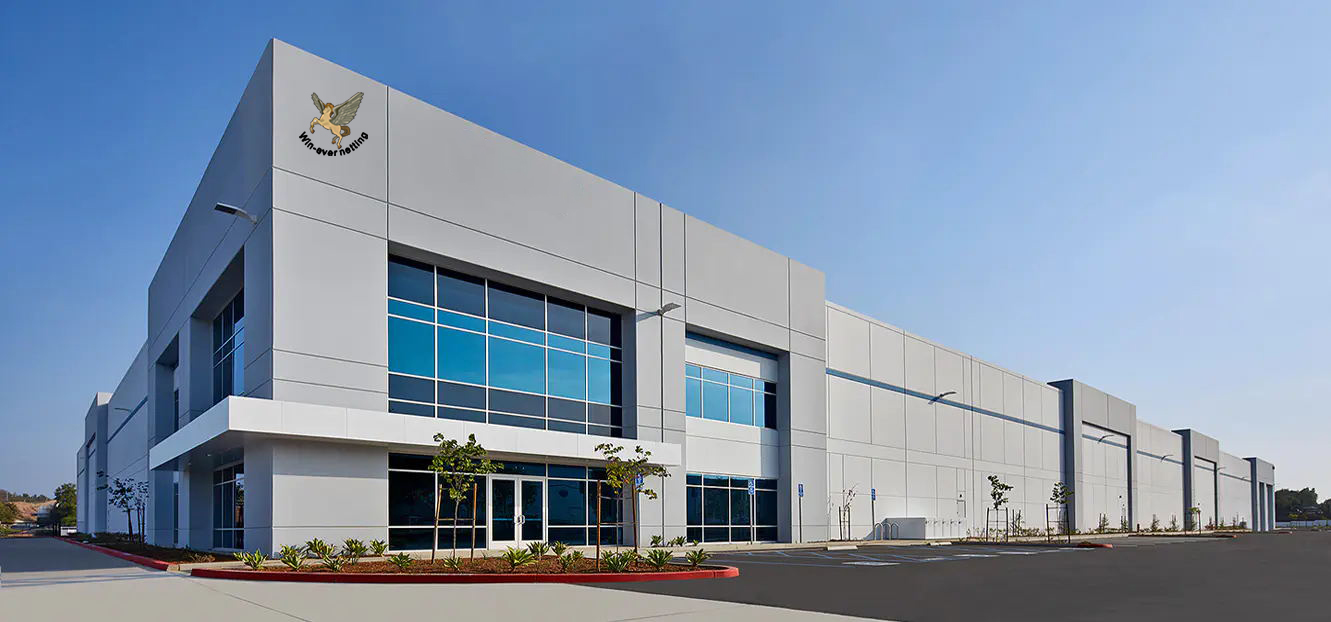Hexagonal mesh
Also it can be used between railings and split the rail fence.
With no sharp edges, it is easy to intall and take down without danger.
| ITEM | MESH SIZE (MM) |
WEIGHT (G/M2) |
WIDTH (M) |
COLOR |
| HM270-2020 HM300-2020 HM360-2020 |
20x20 20x20 20x20 |
270 300 360 |
0.9/1 0.9/1 0.9/1 |
BLACK/GREEN |
| HM210-03530 HM230-03530 |
35x30 35x30 |
210 230 |
1/1.22/1.5 1/1.22/1.5 |
ORANGE/BLACK/GREEN |
| HM270-03530 HM300-03530 |
35x30 35x30 |
270 300 |
1/1.22/1.5 1/1.22/1.5 |
ORANGE/BLACK/GREEN |
| HM320-03530 HM360-03530 |
35x30 35x30 |
320 360 |
1/1.22/1.5 1/1.22/1.5 |
ORANGE/BLACK/GREEN |
Founded in 2012 and located in the historical town Lanting, Shaoxing City. As a famous China plastic poultry netting manufacturers and plastic poultry netting suppliers, we specialize in producing the plastic netting with the advanced production lines. With the help of the simple working operation and stable computer control system, our products always keep excellent with low defective rate.
Furthermore, our management strictly arranges the production under constant monitoring and random inspection. This really helps the products in good condition. With 7 years of manufacturing experience in plastic netting, our products are ranged widely in safety fence, square mesh, hexagonal mesh, diamond mesh and mesh bag fence. Our engineers are still continuing on developing the new products.
Now our products mentioned above are widely exported to Europe, North America, South America, South-east Asia, the Middle East and Africa. With the excellent quality, favorable prices and sincere after-sale service, our products are widely accepted by our customers and occupy the markets more and more. We are constantly designing new plastic netting for the customers worldwide to meet the demands of the markets.

Export country
Number of company employees
Production area
Production
1.Physical Barrier Against Intruders and TrespassersA safety fence serves as a crucial physical barrier in residential areas, enhancing protection by deterring unauthorized access ...
1. Structural Integrity and StabilityThe rigidity of diamond mesh directly affects its structural integrity and stability. The rigid design allows this mesh material to maintain it...
1. High contrast to ensure instant recognitionThe contrasting colors of orange and yellow used in Mesh bag fence help to achieve high visual impact against a variety of backgrounds...
1.Safety and Comfort: The anti-splinter feature of the square mesh is crucial for ensuring safety during handling and installation. It prevents injuries that could occur from sharp...